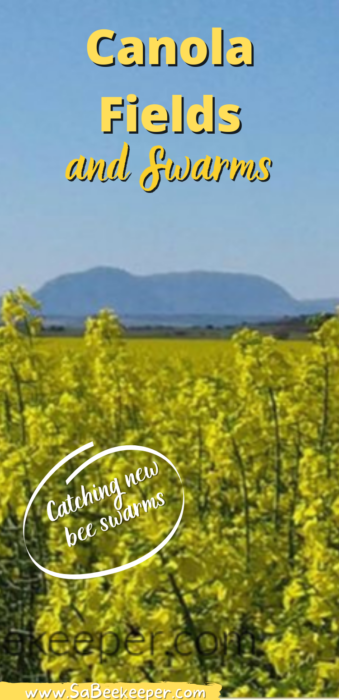
Some established beehives, placed near the fields to provide them with food if they are week swarms. We also harvested the canola honey from these hives as they had existing combs and didn’t have to build them. This saves the bees a lot of work.
New Wax Comb.
This is the bee building new wax combs with wax, which they make themselves.
These are what new combs look like.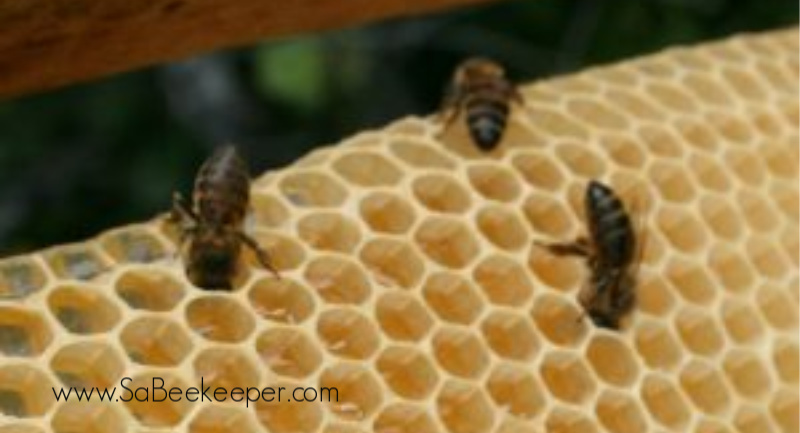
The Canola flower.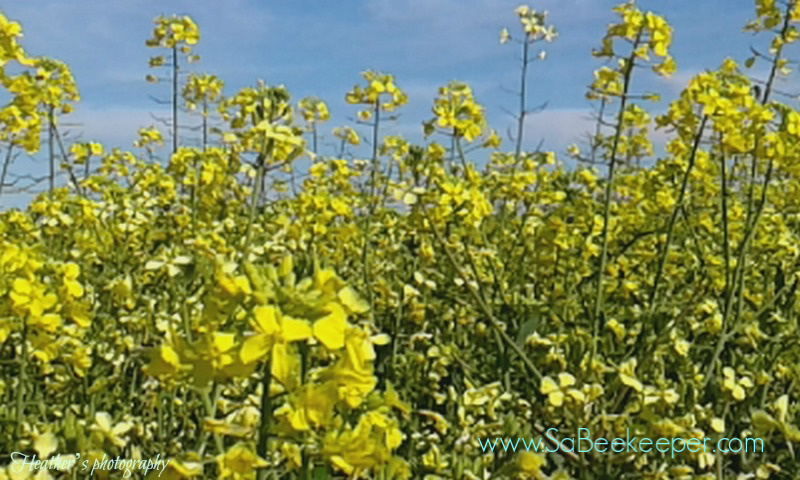
When the canola flower goes to seed the farmer harvest the seed and then it is used to obtain canola oil.
The seed looks like a tiny black round seed.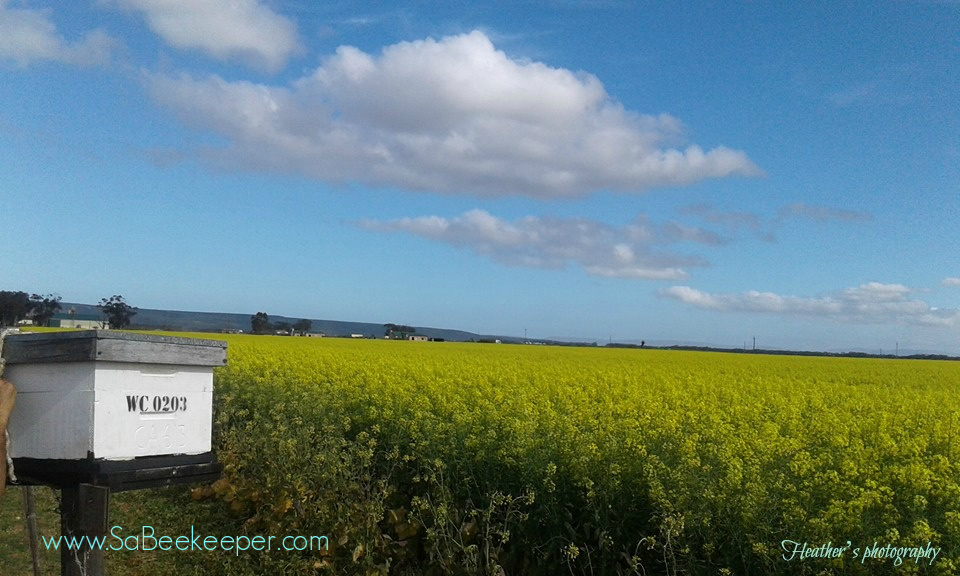
One of the beehives on the edge of the canola fields. Placing hives does help the farmer pollinate the flowers for a better crop.
One downfall you would have, is to remove those hives before the farmer sprays insecticide.
Otherwise the swarm will be killed. Something that should get addressed with the farmers. 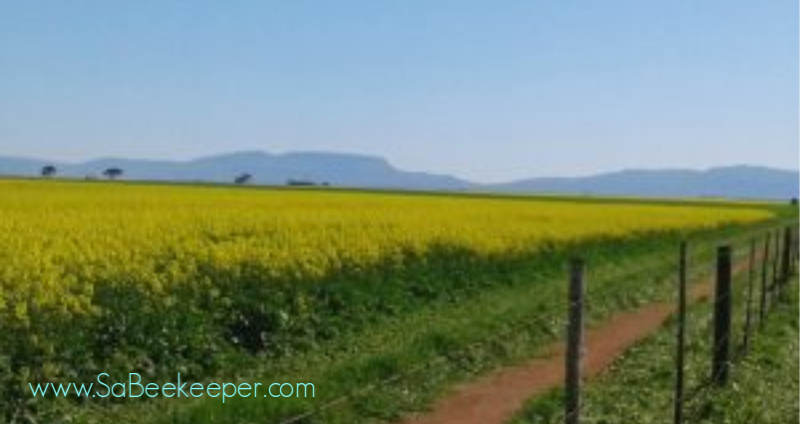
A camp fenced off for the canola, as farmers still have animals, like cows in other adjacent fields.
Other crops on farmers lands
They also plant wheat and oats for a paying crop to cover expenses on the farms.
After harvesting the wheat and oats seeds. The leaves and stalks are rolled into bales to feed the cows and sheep.
The summer season is very dry and that’s when there is nothing much left in the fields for them to eat.
Its ground and chopped up and mixed in a mixture of molasses and mielies (corn) for food for the animals.
Most fields are sewn with crops. As this area is good agricultural land.
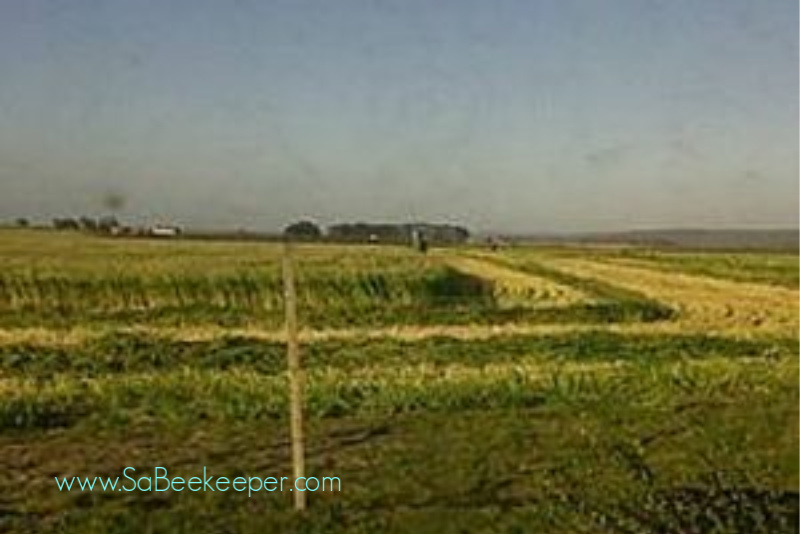
Bales
Dried straw bales the farmers keep for food in the winter for their stock.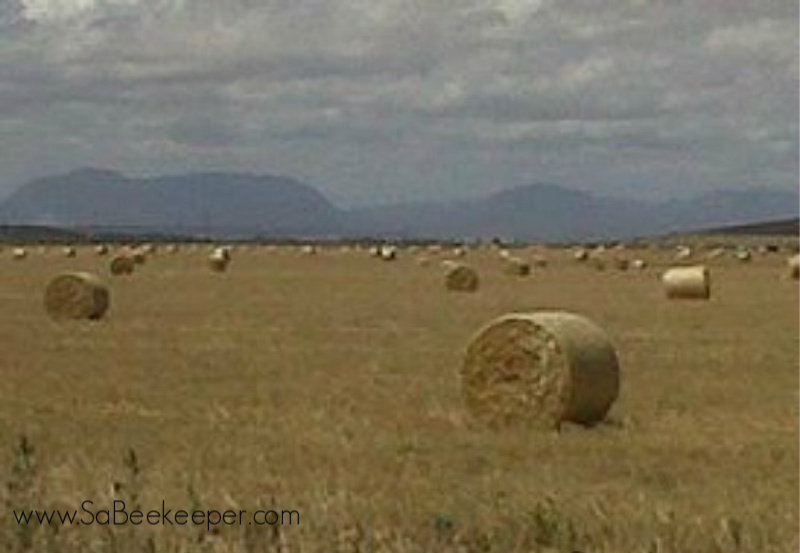
Bales of dried leaves and stalks for food for the animal. These are stored on the farmers lands.
The green oats and leaves are rolled especially for the dairy cows to eat green.
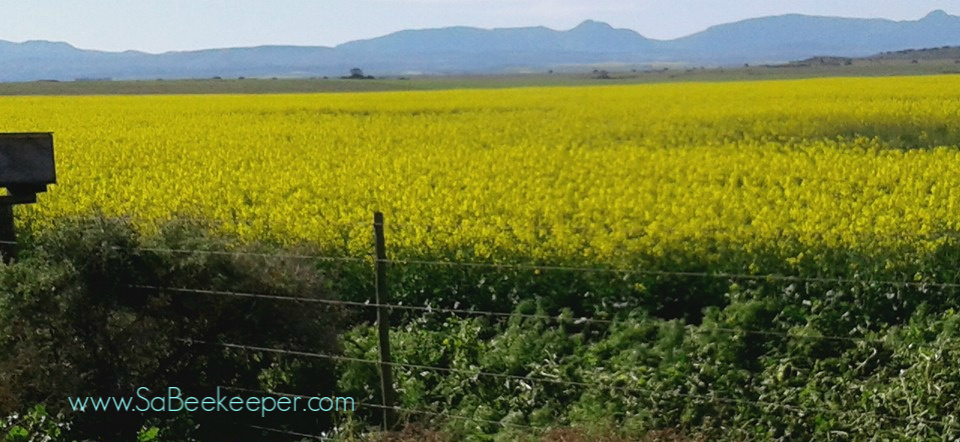
End of canola season.
At the end of the season the beehives are collected and transported back to the farm, for them to continue working.
In this way we increase our apiary.
Having the boxes to catch the swarms at the canola land is also important for the new swarms to build their combs.
This time of year there is plenty of food for them to do that.
It also takes time, but they make combs very quickly when there is abundance of food.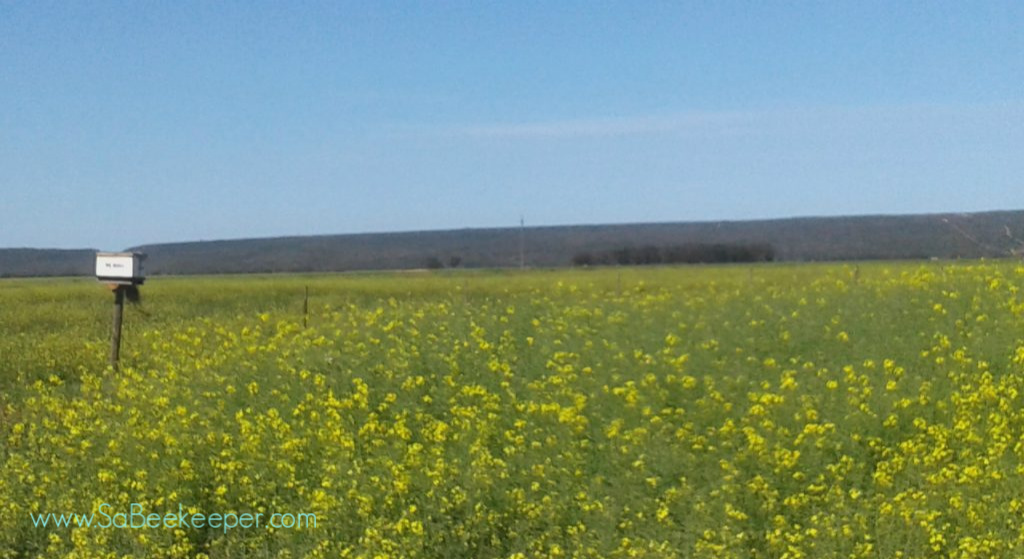
Above is a photo of canola flowers that has come to the end of the season. This will soon be time for the farmer to harvest the seeds.
Honey
Various types of honey and colors of honey.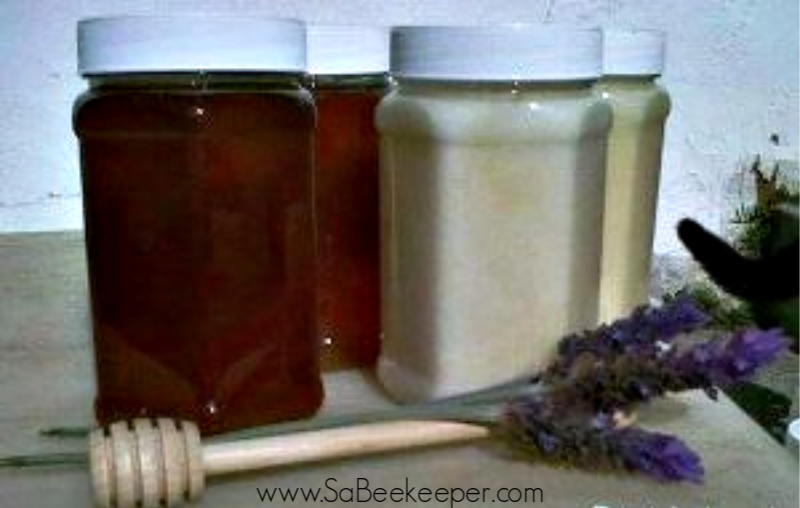
Darker honey is “Fynbos” honey from wild flowers, and the lighter honey in the creamy canola honey.
The canola honey is not as sweet as the normal honey, but stays creamy and will crystallize easily.
To tell if honey is pure, it will crystallize in cold season. All that is needed to do is to place the jar of honey in window sill in the sun.
Do not heat the honey up as this will destroy the good enzymes in the honey.
Pure Honey can be kept for a long time.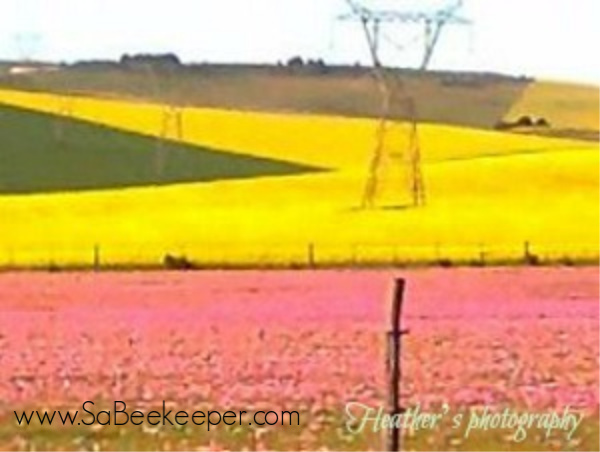
A picture of the beautiful landscape of canola fields in the background and wild pink small flowers in the front.
Very beautiful.
See more catching of bees below.
Leave a Reply